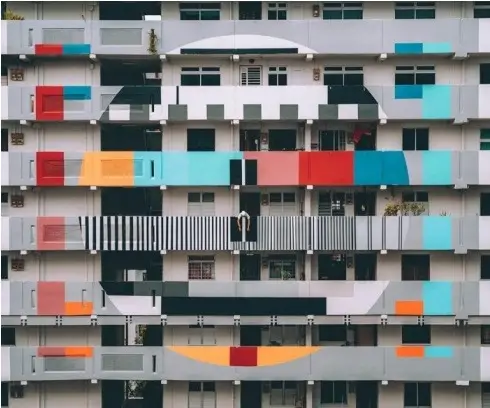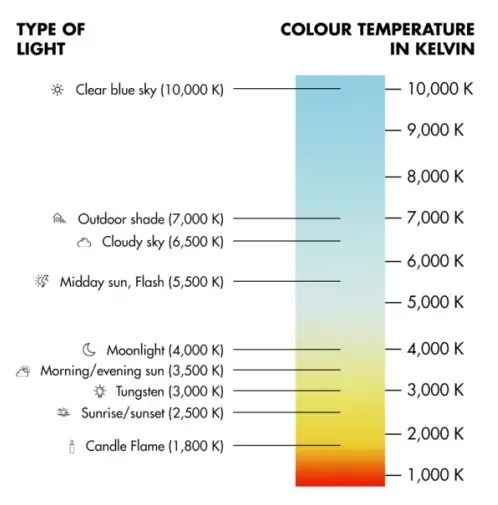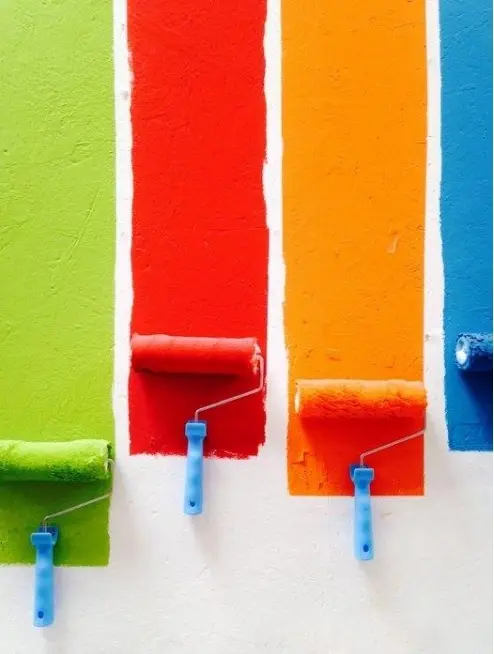Understand White Balance in Photography

What Is White Balance in
Photography?
White balance determines how accurate the colours of your photograph are. The way our eyes see colours is very different from the way our digital devices decode them. Our brain is smart and adapts to different lighting conditions. If you enter a room with a yellowish light, your eyes will still decode a piece of paper as white. Even if it looks yellow at first. Digital cameras are not that clever. They only try to guess the right colour temperature. In digital photography, the settings on your camera and external lighting factors control the white balance.
Which White Balance Setting Is Best for me?
1. Spend all your time shooting on Auto mode and hope for the best. This is alright if you’re still trying to get to grips with exposure but after that I recommend you move on.
2. Try to produce accurate results using the preset modes inside of your camera. This is a step in the right direction. But they’re still ballpark figures and won’t always produce 100% correct results.
3. Shoot in custom white balance mode. This is the most popular choice by professional photographers. It can have a learning curve and requires carrying around a grey card.
4. Use a light temperature meter. This is a very accurate solution but can cost a lot of money. It’s not a realistic option for most. Although if you do a lot of studio work, it is a must-have.


Tips for Shooting in RAW for Accurate White Balance
Many of us already shoot RAW. One of the reasons that you do so is because it allows you to set the white balance in post-production. When you shoot a RAW file, your camera measures and applies white balance as a reference. But you can change this in Camera RAW, Lightroom or any other RAW processing software. There is an issue here, though. If you shoot only RAW, you have no real reference to how the lighting setup was in the original scene. You only see the camera’s interpretation of it. A better option is to use one of the techniques above when shooting RAW. RAW formats give you more freedom to play with during the post-production
phase. But, even with shooting RAW, problems can arise from trying to find an automatic white balance. For example, when you use mixed lighting. It means that there isn’t one light source to base your white balance on. The natural and the fluorescent light in the same scene will fool your camera. Then it’s your turn to decide which source of light you want to use for the white balance.


1 Comment
[…] the Silhouettes: The low angle of sunlight in the morning creates stunning silhouettes. Position subjects against the light, as in this photograph, to […]